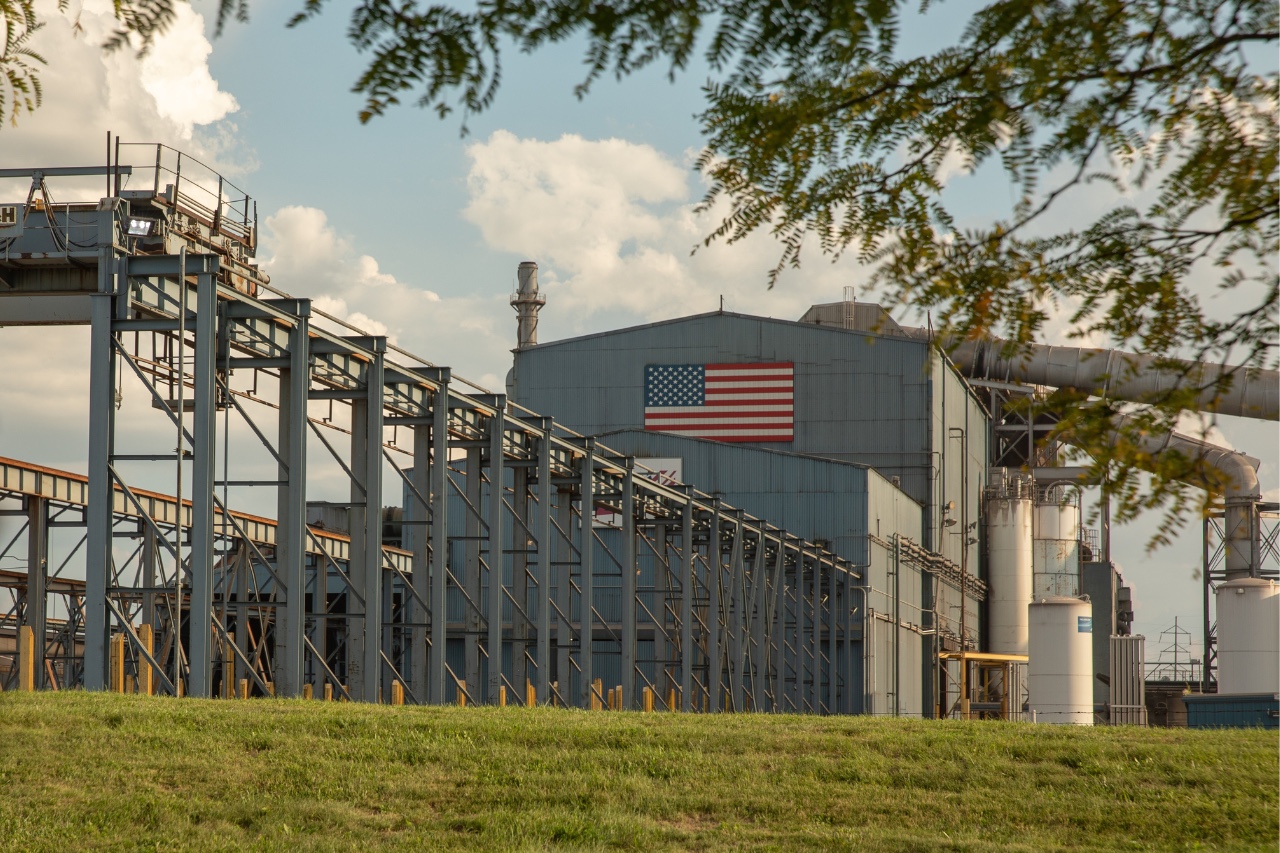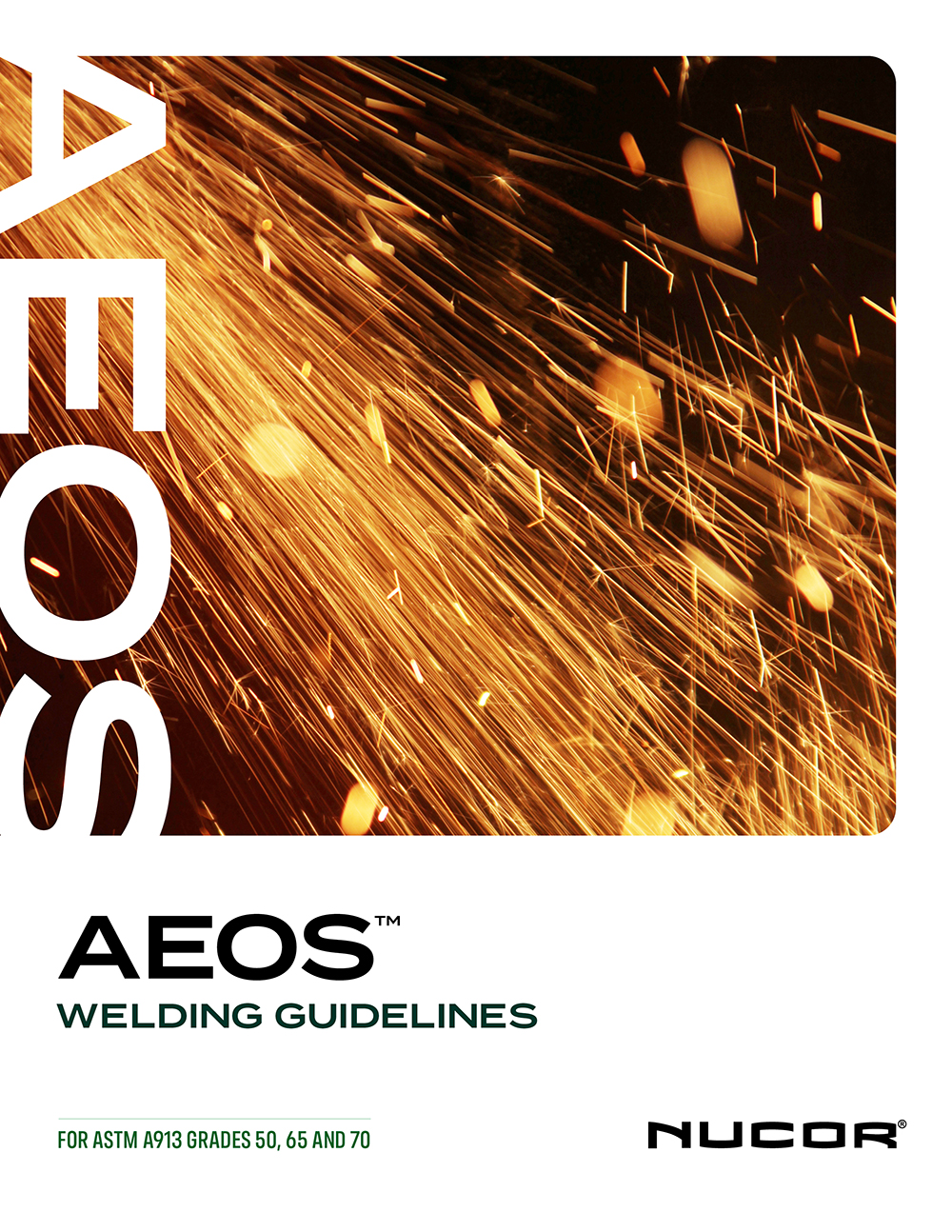How To Specify Sustainable Steel in the Project Design Phase

Steel is used in virtually all structures, from the main structural framing elements to the reinforcement in concrete footings. The Buy Clean California Act, which went into effect in July 2022, established limits on embodied carbon for various construction materials, including structural steel.
Whether required by legislation or motivated by project sustainability goals, architects and engineers need to be knowledgeable on how to incorporate sustainability into their design procedures and add procurement parameters into their construction documents.
Many construction projects are looking to reduce not only operational carbon by using renewable energy and efficient HVAC systems, but also reduce embodied carbon from the manufacturing of construction materials. It is therefore imperative for the architecture, engineering and construction (AEC) community to strive to reduce embodied carbon starting early in the project design phase. Upfront communication with all parties involved, especially the steel manufacturers, general contractors and steel fabricators, will ensure proper procurement of required materials. Learn how engineers can use integrated project delivery (IPD) to address supply chain issues and other challenges in their projects.
Lowering Embodied Carbon in Structural Steel Begins in the Design Phase
The best way to lower your construction project’s embodied carbon is through careful material specification during the design phase. To make these carbon reductions possible, it is essential to know how to specify sustainable steel into a project from the start and understand that there are two ways to make steel.
- Making steel with electric arc furnace (EAF) technology (circular steelmaking) produces less than one-third the greenhouse gas (GHG) emissions compared to making steel with blast furnace/basic oxygen furnace (BF/BOF) technology (extractive steelmaking).
- EAF steel products are readily available domestically with 70 percent of U.S. steel manufacturing occurring in EAF mills, including Nucor’s more than 20 mills.
How can project teams position a project to be built with this more sustainable steel?
Understanding Environmental Product Declarations (EPD) for Steel
Sourcing sustainable materials on a job starts with clear specifications. A key tool for measuring a building material’s environmental impacts is an environmental product declaration (EPD).
An EPD is an independently verified and registered document that communicates transparent and comparable information about the environmental impact of a product over its life cycle. When designers, contractors and owners have a better understanding of the impact each material will have on their building with data reporting like EPDs, they can make the best choices to achieve project-specific sustainability goals. Specifically, Type III EPDs that align with the Steel Climate Standard from the Global Steel Climate Council (GSCC) provide the most comprehensive data for GHG emissions in product lifecycle calculations.
While material specifications for structural steel and concrete reinforcement are usually within the scope of the structural engineer of record, it is important for architects, sustainability consultants, owners and general contractors to understand the documents and tools used to report the embodied carbon of steel products and how to set limits to guide procurement from the steel subcontractor.
As the largest steel manufacturer and recycler in North America, Nucor has created the Sustainable Steel Specification Writing Guide to guide you in how project specifications can be enhanced to provide clear parameters for low-embodied carbon material procurement.
Download the GuideThe Significance of Product Global Warming Potential (GWP) in Construction
The Sustainable Steel Specification Writing Guide sets the groundwork for a greater understanding of steel embodied carbon and provides sample language to add facility-specific Environmental Product Declarations (EPDs) requirements as well as Global Warming Potential (GWP) limitations for structural steel and concrete reinforcement.
EPDs are available from domestic steel producers for many products, including hot-rolled structural shapes, hollow structural sections (HSS), plate, metal deck and concrete reinforcement, providing GWP values specific to manufacturing facilities. The lower the GWP, the lower the embodied carbon for the product. Therefore, providing a maximum GWP limit on the materials allowed on the project provides a clear framework for the steel subcontractor to procure steel products for the project. With the Sustainable Steel Specification Writing Guide, you will also gain a clearer understanding of these specifications.
Customized Solutions to Increase Low-Embodied Carbon Steel in Your Project Plans
There is not a one-size-fits-all approach since different projects will have varying sustainable procurement goals, but this guide can help you make incremental steps toward decarbonizing steel materials in your projects. That’s why we provide guidance on how to approach the requirements to give your procurement team the flexibility they need for each project’s goals. Commentary is included with the sample language to explain how specifiers can modify the language as the project team deems appropriate.
The Nucor Sustainable Steel Specification Writing Guide explains:
- Two modern ways to make steel: BF/BOF and EAF steel production
- Environmental Product Declarations (EPD) for steel products
- Global Warming Potential (GWP) and its impact on projects
- A supplementary Word document to easily transfer specification language from the writing guide to your construction documents
- NEW Specification language for sustainable procurement of rebar and steel joist products
Nucor is dedicated to providing the AEC community with helpful resources like the Sustainable Steel Specification Writing Guide to reduce embodied carbon in construction projects. Our team of steel experts welcome the opportunity to advise further on project specifications, provide insight on material availability and create tailored construction solutions to keep projects moving in a sustainable direction.
Reach out to the team at construction@nucor.com with any questions!

Download the Sustainable Steel Specification Writing Guide to learn how you can specify more sustainable materials for your next construction project..
Download Now